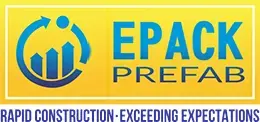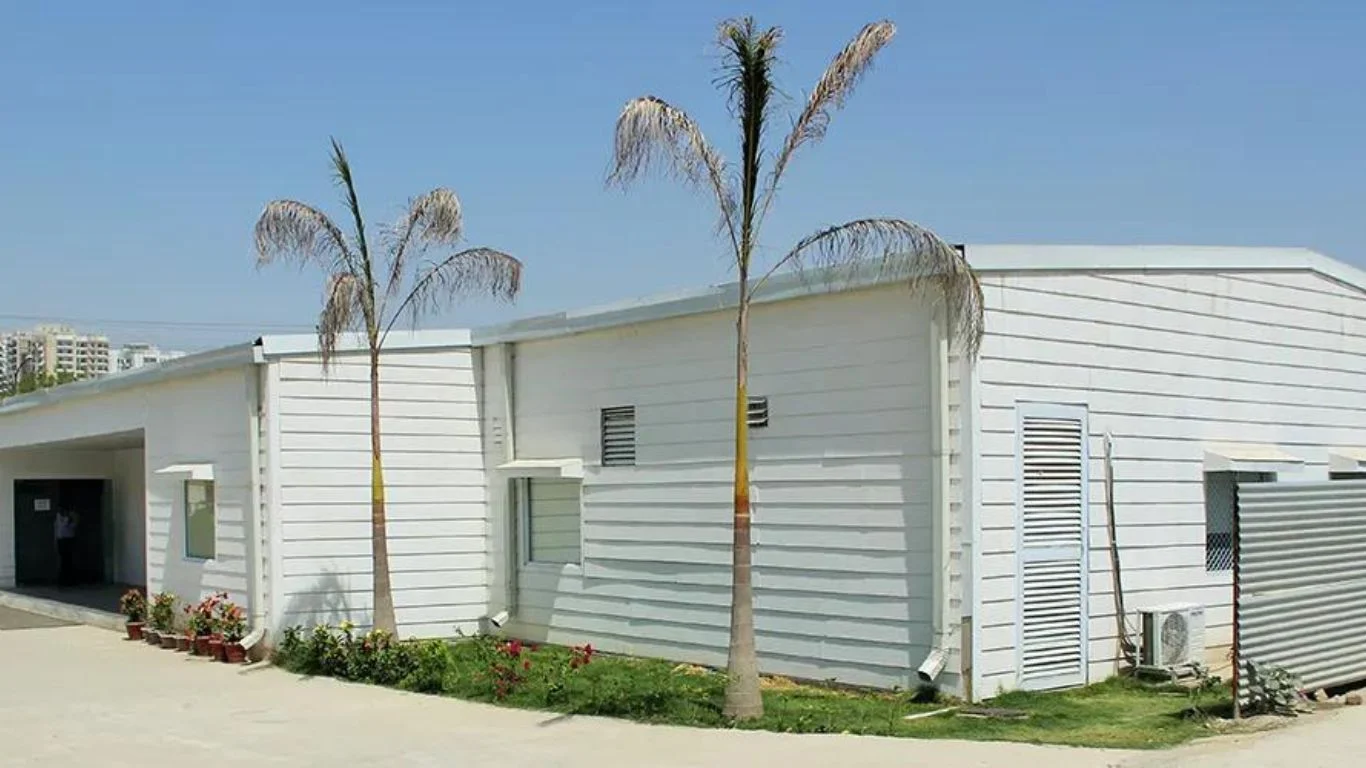Despite the contract belief, prefabrication and modular building development have been infrastructure development methodologies which have been in practice since many decades. With time, the processes and material preferences have changed considerably and the methodology has never been stagnant in terms of its technology implementation scopes. The reinvention of prefabrication technology has been a major boon for the infrastructure development sector and is a key to target sustainable green building development as well as efficient project progress which all translates into streamlined success for the sector.
The emergence of prefabrication as a go-to building development approach is an easily predicted trend and as the process yields exceptional advantages over conventional building development methods, it has been established as a standard of ideal modern building construction approach.
The increased speed of prefabricated building development coupled with an exceptionally high standard of quality control maintained across design as well as development phases results in these prefabricated buildings in India being better all round when compared to traditional brick and mortar or concrete structures. Prefabrication poses a viable alternative to conventional infrastructure development projects of all scales and diverse levels of complexities.
Prefabrication vs Traditional Building Construction:
In the current scenario of building development, prefabrication and traditional construction processes run in parallel and each one has its specific utility scopes and implementation remains to be a sole preference of the contractor or owner. However, the forecasted trends of fast paced urbanization and need of expedited infrastructure development endeavors across industrial, residential agricultural as well as commercial domains calls for enhanced methods of construction which deliver better quality consistency, greater speed of build and higher sustainability advantages. In all these areas, prefabrication fares better as compared to traditional building construction and is gaining major traction in wide scale implementation across all sectors.
A face-to-face comparison of prefabrication and traditional construction:
Let us understand how prefabrication and traditional construction compare to each other across key aspects of the build process –
Construction Time
Prefabrication technology results in 50% faster build times as compared to conventional methods of infrastructure development. Off-site structural component development and simultaneous site preparation results in a speeded process as compared to the linear approach of traditional methods.
Quality Features
Development of prefabricated buildings structures by EPACK Prefab, the top prefabrication company in India in off-site indoor factory environments and climate-controlled conditions results in better quality consistency across the board. This yields enhanced process streamlining and makes possible better quality control standards as well.
Project Progress
Prefabrication of buildings in off-site in-house facilities results in better speed of the project and with major cutting-edge automation machinery integration, enhanced pace of project progress is achieved. Moreover, off-site fabrication of structural components makes the project less vulnerable to weather and other environmental factor delays thus ensuring greater speed of the build.
Cost Factors
Greater speed of the build, better material efficiency, reduced construction time delays, less manual labor requirements, energy savings during development as well as mitigated anomalies from factory fabrication makes prefabrication construction save about 50% or more in terms of building development costs when compared with traditional methodologies. Moreover, there occur long-term cost savings in terms of energy consumption reduction, minimal maintenance needs, zero rework requirements and better reusability scopes from prefabricated building enclosures.
Process Efficiency Standards
Despite the consistent dip in the availability of skilled labor force, opting for building construction with prefabrication allows for higher efficiency levels. This process yields greater process, material as well as scheduling efficiency.
Sustainability and Environmental Impacts
One of the key advantages of prefabrication that makes it a better-suited building construction approach than traditional methods is its enhanced sustainability performance. Prefabrication allows for green construction processes which focus on minimized wastage generation, safer working conditions, mitigated environmental impacts, carbon neutral processes as well as overall enhanced energy savings during build as well as service.
The dominant potential of prefabrication across all aspects of building development as compared to traditional or conventional processes makes it fare better for wide scale implementation. EPACK Prefab as the No.1 prefabrication construction company in India has set unparalleled standards of excellence in design and development of prefab enclosures.











